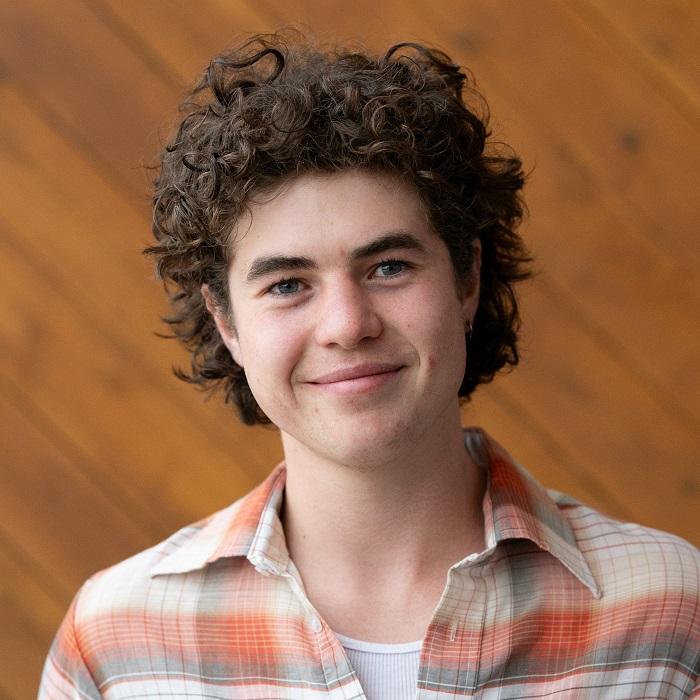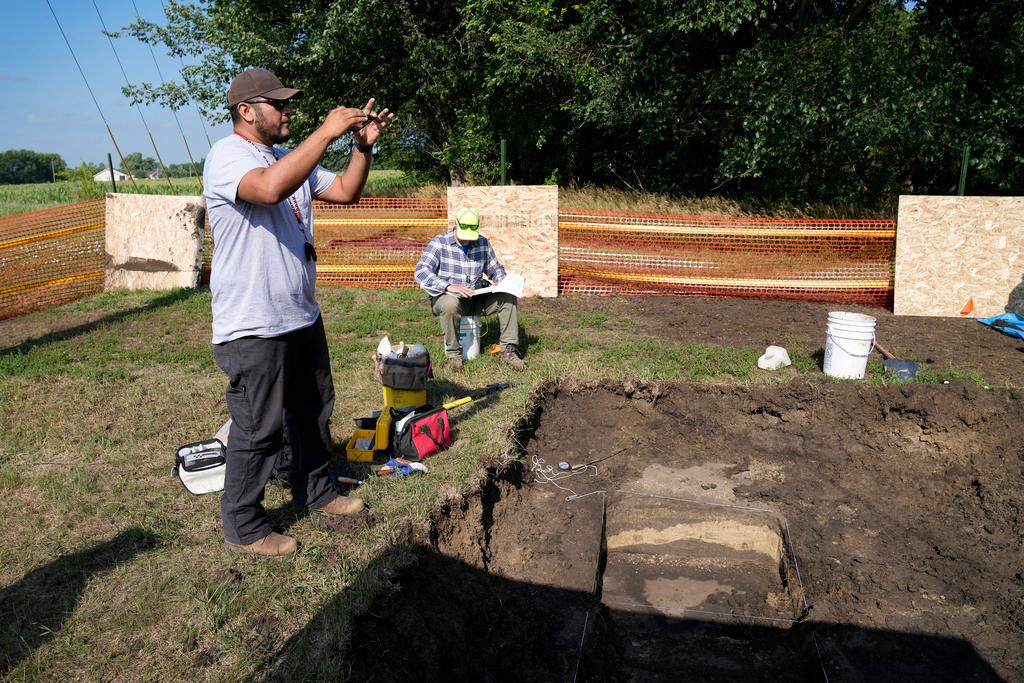Southern Colorado is a region defined colloquially and geographically.
It’s often thought to stretch east from the Continental Divide, over the Sangre de Cristo Mountains and out across the plains, reaching up to Monument Hill at its northern boundary. The area code? Predominantly 719.
That makes today, July 19, 719 Day! In honor of 719 Day, the stories that follow—a sampling curated from the CPR production team's Colorado postcards–offer little-known nuggets of the area’s history, culture, and charm.
Huerfano Butte
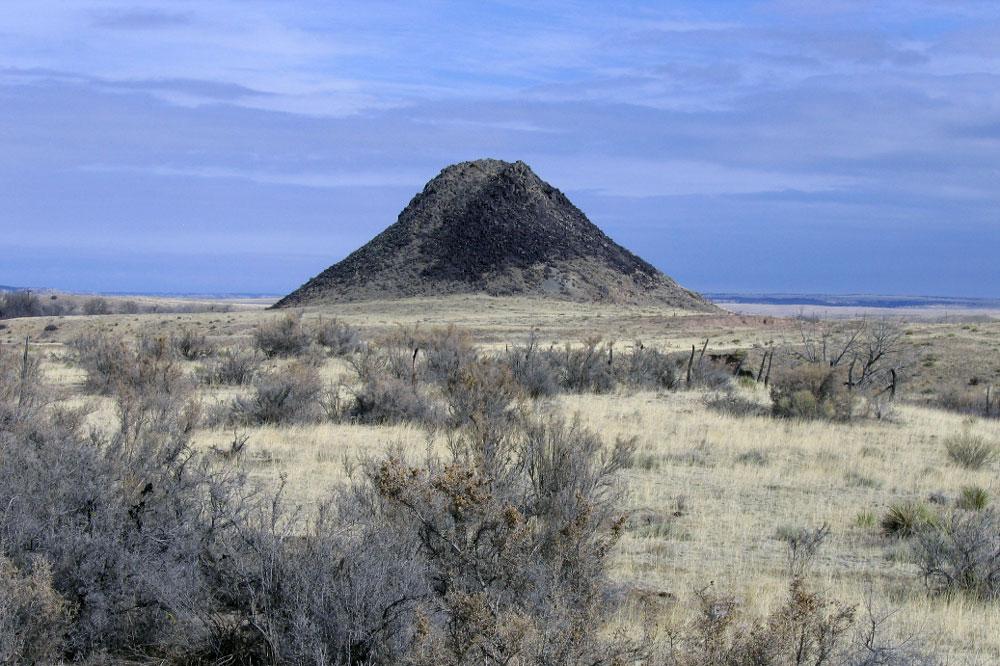
“Huerfano” is the Spanish word for “orphan.” And the namesake for Colorado’s Huerfano County seems exactly that: Huerfano Butte is a lonely little mountain miles from the rising Rockies to the west.
It’s been a landmark on the high plains of Southern Colorado for centuries. “El Huerfano” was named when it was in Mexican territory. In the mid-1800s the Fremont expedition passed by and marveled at the mound’s rise from the surrounding plain, looking like "a mammoth sugar loaf."
Road crews who built I-25 also took note, paving a pull-off at milepost 59 for northbound traffic to pause and ponder from the comfort of a car. Thousands of people pass by everyday, but even those who don't stop can't miss this stray protuberance with a story much older than human history. Millions of years old, Huerfano Butte is a "stark and lonely volcanic outcrop" that never erupted.
Swink
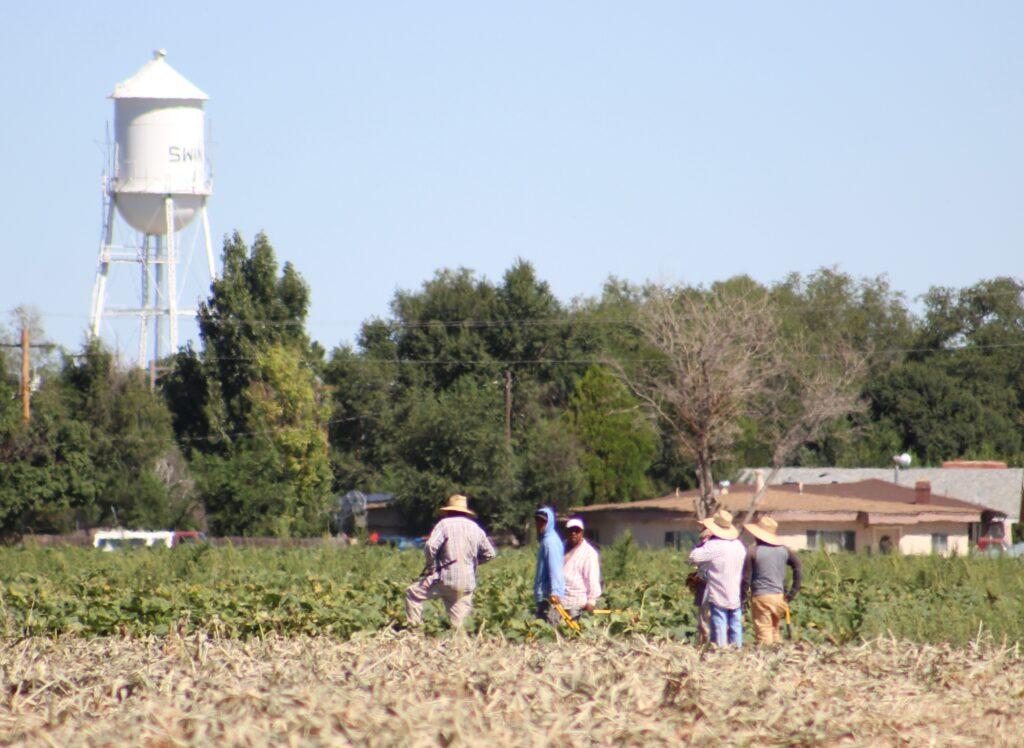
"Swink" is an archaic word. Find it in literature from the Middle Ages, like The Vision of Piers Plowman: “In sweat and swink thou shalt earn thy meat.” Or find it in southeastern Colorado, in the Arkansas Valley, the little town of Swink.
They first called it Fairmont, but in 1900 when word came from Washington that there were already too many Fairmonts around, a meeting was called. And then George W. Swink walked in. Late.
He had dug the Rocky Ford Ditch to bring river water onto the prairie, then planted and promoted cash crops of melons and sugar beets. He’d invented the cantaloupe crate, served in the state senate, fathered 11 children. But did G.W. Swink read old English literature? We’ll never know, but he knew what it took to work the land that brought up the town they named for him. "To toil, labor, or exert oneself, especially in difficult or tiring circumstances”: to swink.
Bighorn Sheep Relocation
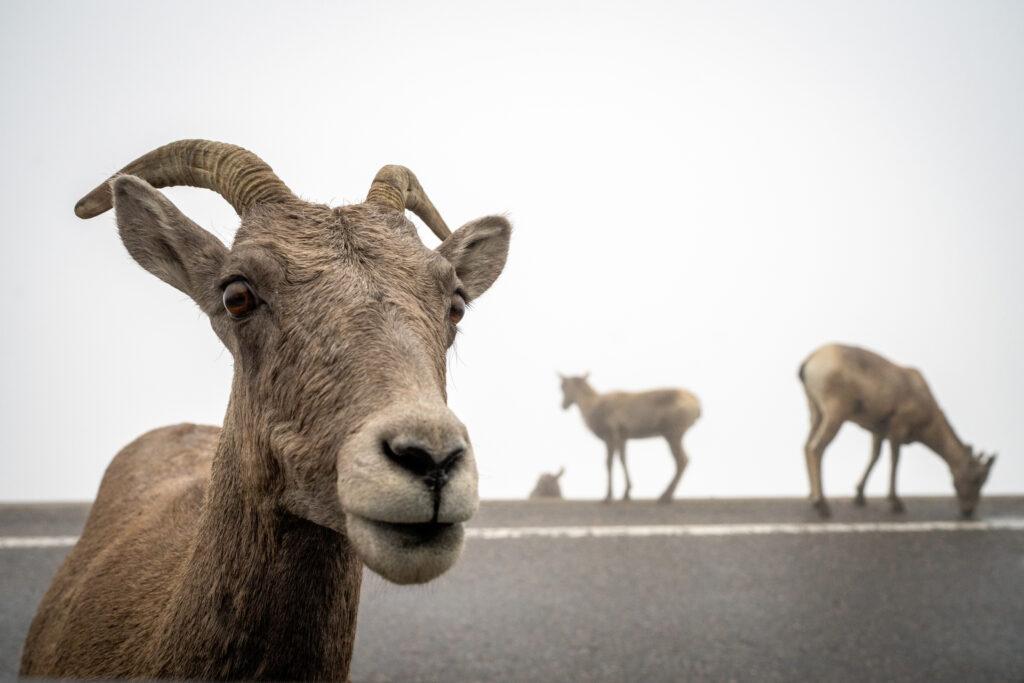
The Rocky Mountain bighorn sheep springs up near-vertical cliff faces with ease. Special hooves help them snag little protrusions in the rocks and give them grip. Coming down, the bighorn can leap as much as 20 feet, spreading its toes to use as brakes on dizzying descents.
Bighorns were once plentiful, before disease and hunting brought them to the brink of extinction in the 1880s. Just a few hundred remained in 1944 when biologists lured about two dozen into a corral at Tarryall Reservoir in South Park to grow their numbers once again across the state. One little band, on the way to relocation on Pikes Peak, got stuck in Green Mountain Falls when the truck broke down. The driver released the animals, they headed east, and ended up in the Garden of the Gods. Their descendants now draw thousands of visitors each year to see the most famous herd of the Colorado state mammal, the Rocky Mountain bighorn sheep.
To the Top of Pikes Peak
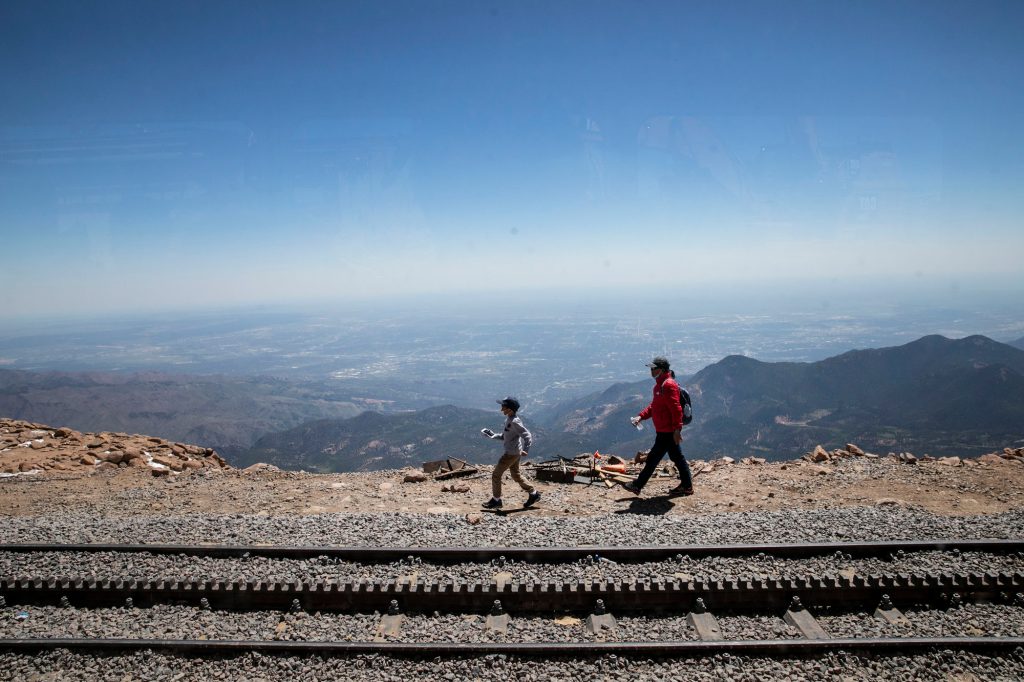
Standing tall and broad-shouldered, Pikes Peak is Colorado’s best known mountain. The Ute called it “Sun Mountain.” Oral history says their ancestors walked the summit a long time ago. These days, people get to the top of Pikes Peak by foot, by car, and by train. A wagon and a mule took Katherine Lee Bates up the mountain in 1893. Inspired by its purple majesty, she wrote the poem that became “America the Beautiful.”
The founder of the Beautyrest Mattress Company thought there should be a more comfortable way to reach the top. He financed the first cog railway. But one person who never got to the summit: Lieutenant Zebulon Pike. In 1806, mired in deep snow, his expedition abandoned their attempt to climb the mountain that today bears his name. As Pike later wrote: “No human being could have ascended to its pinnacle."
Crestone: Cults and Congregations
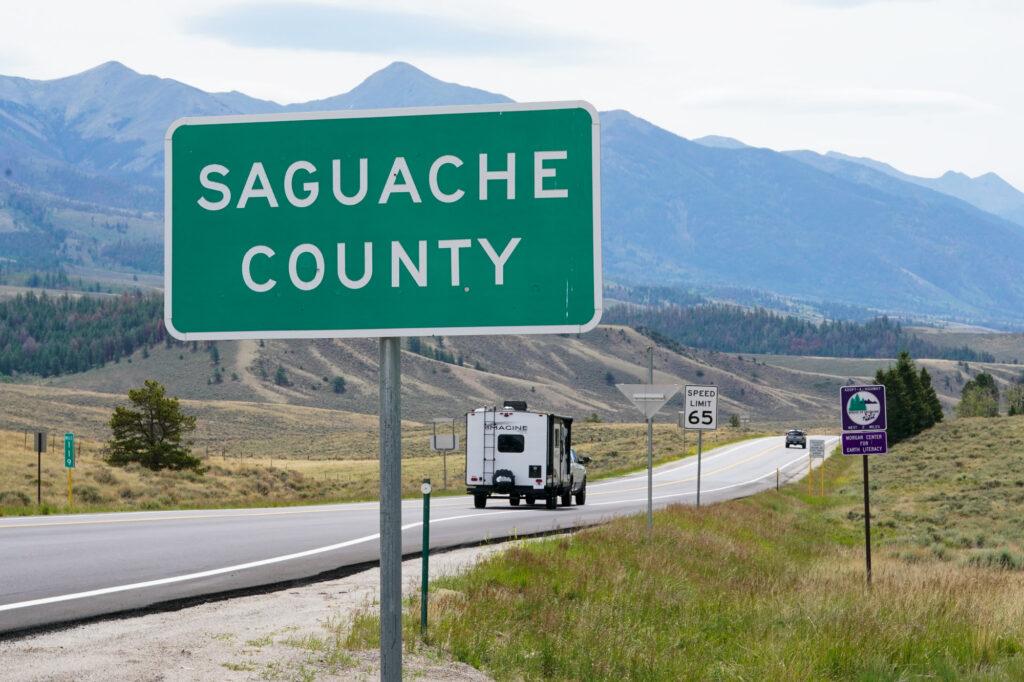
Believers will tell you the tiny town of Crestone sits at a convergence of powerful forces available for healing and higher states of consciousness. The community, with just 141 residents in the town itself, is home to numerous centers of spiritual focus: native American sanctuaries, Buddhist and Catholic monasteries, a Taoist retreat, a Hindu ashram. To get closer to the heavens, pilgrims can climb the Crestone ziggurat, a circular tower the color of sunset high on a rocky hill.
And at the close of day, locals can choose to be part of the Crestone End of Life Project – the only open-air funeral pyre in the country. From Colorado highway 17, take County road T for 12 miles to the foot of the Sangre de Cristos. The journey begins at the end of the road.
Editor's Note: This post has been updated to identify 719 as the area code for Southern Colorado. It was originally misidentified as the zip code.
